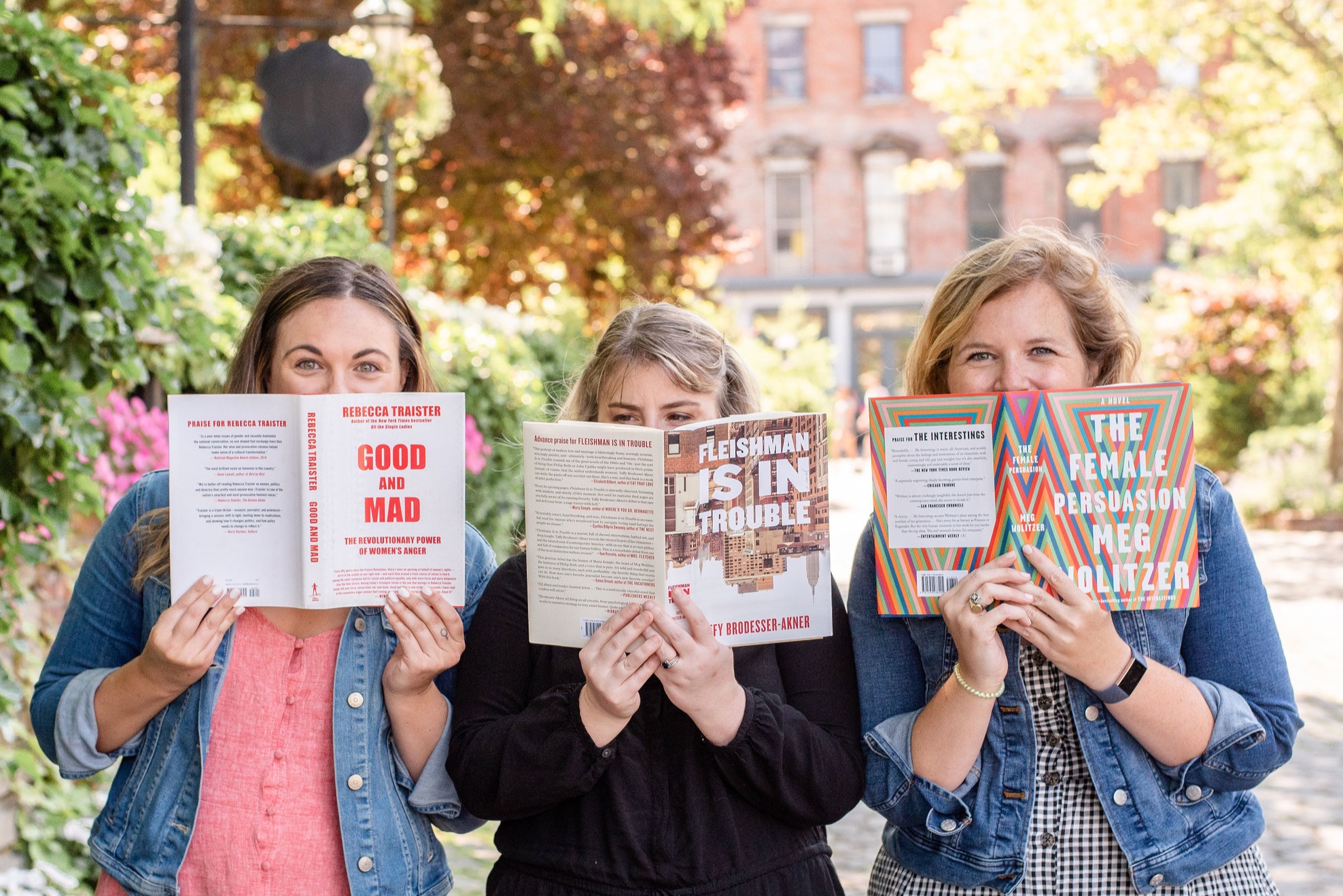Book Review: "The Great Believers" by Rebecca Makkai
“The Great Believers” by Rebecca Makkai
Publisher Synopsis: In 1985, Yale Tishman, the development director for an art gallery in Chicago, is about to pull off an amazing coup, bringing in an extraordinary collection of 1920s paintings as a gift to the gallery. Yet as his career begins to flourish, the carnage of the AIDS epidemic grows around him. One by one, his friends are dying and after his friend Nico's funeral, the virus circles closer and closer to Yale himself. Soon the only person he has left is Fiona, Nico's little sister.
Thirty years later, Fiona is in Paris tracking down her estranged daughter who disappeared into a cult. While staying with an old friend, a famous photographer who documented the Chicago crisis, she finds herself finally grappling with the devastating ways AIDS affected her life and her relationship with her daughter. The two intertwining stories take us through the heartbreak of the eighties and the chaos of the modern world, as both Yale and Fiona struggle to find goodness in the midst of disaster.
Rating (out of 5): 5
Review: When I finished this book, the first thing I thought of were the lyrics from Hamilton: “who lives, who dies, who tells your story.” The common thread among all of the plot points here—there are two main ones and then a smaller tertiary—is telling the stories of those who are no longer with us, and the guilt those who live continue to carry.
I’m a little ashamed to admit that I’ve never previously read any narrative fiction focusing on the AIDS crisis in the 1980s. This was, however, a great one to start with. Makkai’s characters were fully realized—they weren’t perfect, they weren’t martyrs; they were real, flawed humans who died of a virus that no one was researching despite the huge death toll. I tend to avoid Goodreads reviews for a variety of reasons, but I did see one that read, “DNF at page 148…The fact is that I lived this story. I lost the love of my life to AIDS, and attended far too many funerals and memorial services before I was 30.” I don’t think it’s a spoiler to say that the incident on page 148 was heartbreaking: Yale, the (gay) protagonist, is washing his hands in someone else’s home and he’s told to leave because “there are children here.” It was a sobering reminder of how far we’ve come in 30 years, but that bigotry is still all around us.
The novel flips back and forth between Yale’s POV (starting in 1984) and Fiona’s in 2015. This usually irritates me, but the stories wound up converging in such an unexpected way that I didn’t mind it here. Yale’s storyline, which Fiona is also a part of, was by far my favorite.
I’m struggling a bit with how to summarize this book because there are so many themes: grief, guilt, heartbreak, anger. The novel is highly emotional, poignant, yet a bit dense and slow at times—which I think is necessary for such an ambitious story. It took me some time to get through this, and because I read primarily on my commute, I ended up taking breaks more than I usually do.
To the point about anger, I highlighted a particular passage when a main character needs health insurance for his AIDS medication; his doctor’s only advice is “get a job, fast.” So many men and women died without dignity because of the failures of the American health care system and Ronald Reagan (and George H, W. Bush). Throughout the ‘80s storyline, there were scenes from real protests (and quotes from Chicago Mayor Harold Washington) that served as reminders that the scale of this epidemic could have been far smaller.
While the 2015 Paris storyline wasn't my favorite, I appreciated the look at how the epidemic affected Fiona, whose brother Nico died of AIDS. (The novel opens at a memorial for Nico at a friend’s house, because his parents refused to let Nico’s lover attend the actual funeral.) Fiona has spent 30 years feeling guilty as one of the only survivors of Nico’s social circle, and it affected her in ways she didn’t seem to realize until her own daughter disappeared.
Lastly, I want to note that I appreciated the author’s note at the end: “This project was undertaken with a great deal of ongoing thought and conversation about the line between allyship and appropriation—a line that might feel different to different readers. It’s my great hope that this book will lead the curious to read direct, personal accounts of the AIDS crisis.”
TL;DR: A sprawling, poignant novel that reminds us how fleeting life is, and how entire social communities were ravaged by a virus while simultaneously being shunned by the world at large. Yale and Fiona are both flawed, real protagonists who believably deal with guilt, love, and loss.
If you liked this, try:
“The Nix” by Nathan Hill (my review here)
“The Nickel Boys” by Colson Whitehead (Elizabeth’s review here)
If you click on one of the links in this article and make a purchase, She’s Full of Lit may receive a small commission. It doesn’t add anything to your price — we promise! Thanks so much for your support.



